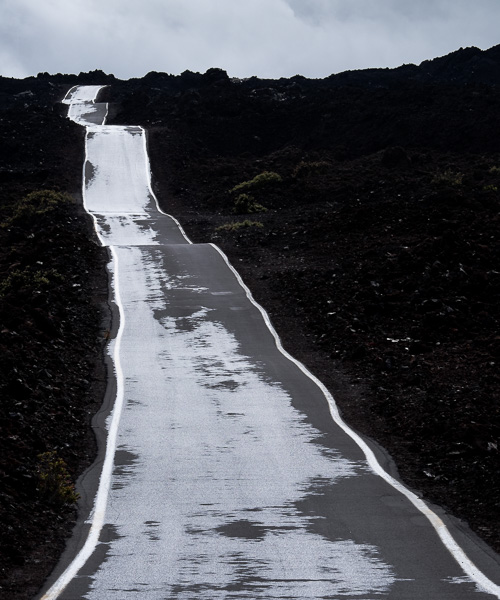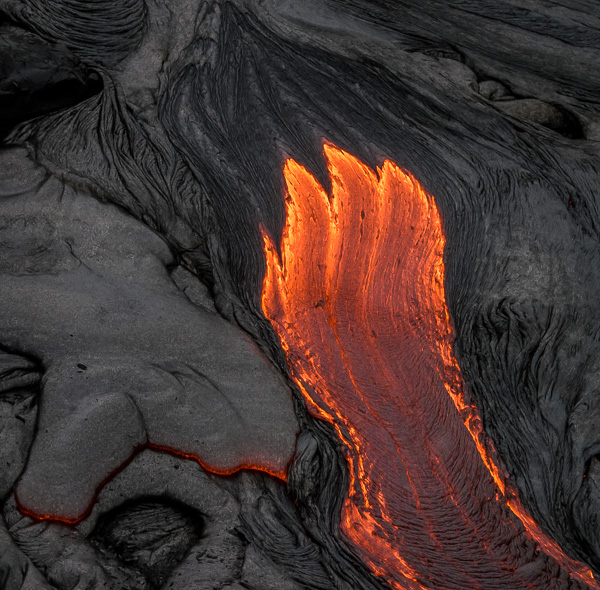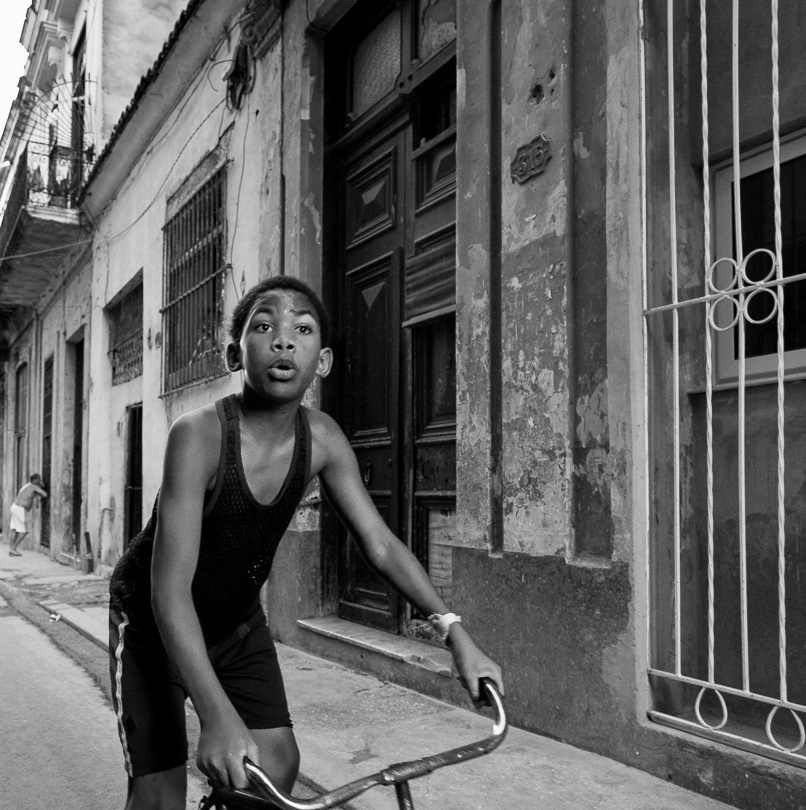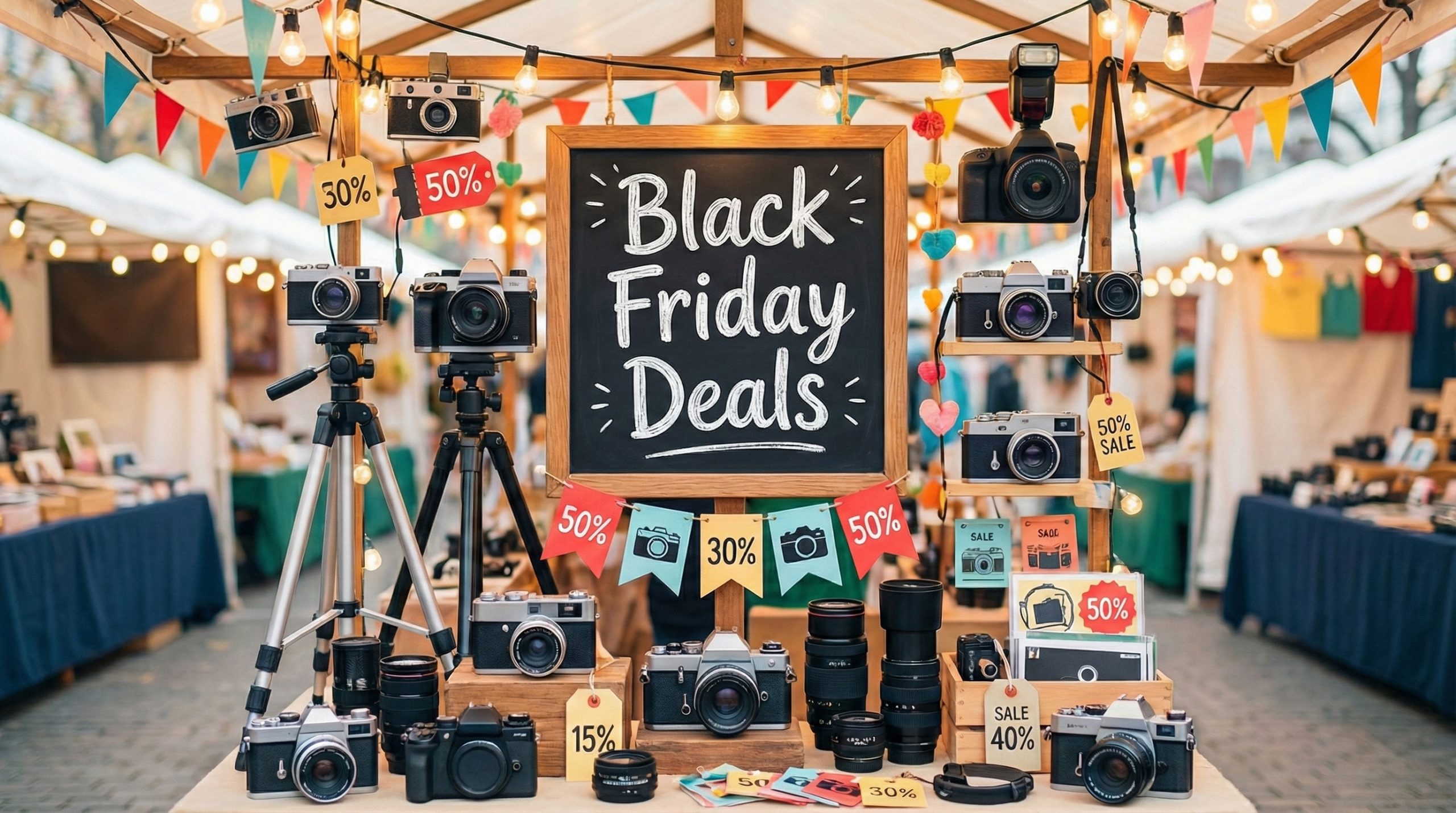Something important…something that reminds us why we fell in love with this medium in the first place.
Paris Photo is for those serious about photography as an art form.
From November 13–16, 2025, the Grand Palais transforms into a living archive of photographic excellence – where 19th-century vintage prints hang steps from AI-generated imagery, and where legendary masters share wall space with new and emerging visual artists.
Where photography gets developed, stretched, and redefined.
This is the 28th edition, bringing together 183 galleries and 41 publishers from 33 countries.
For those trying to break into the fine art photography world – or simply understand where it’s headed – Paris Photo is where it’s at.
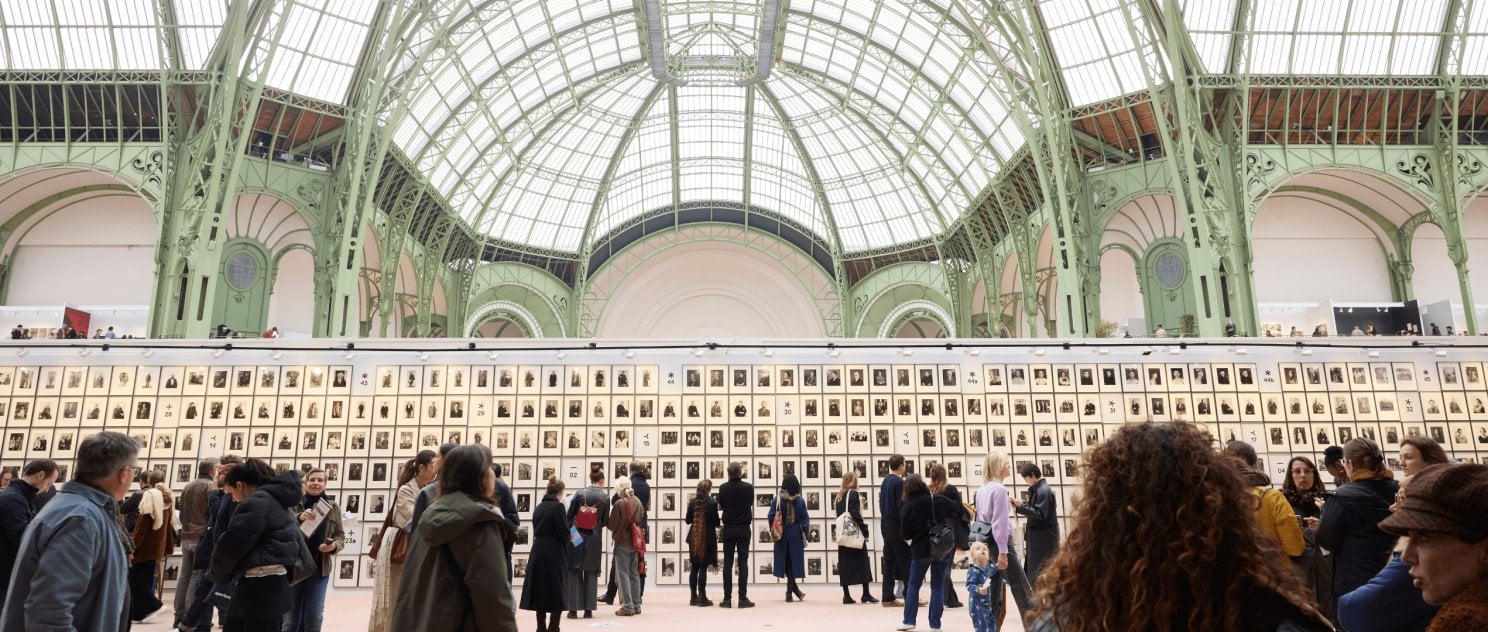

Why This Fair Matters to Your Work
Every November since 1997, the photography world has gathered in Paris to collectively answer a question…what is photography NOW?
Not what it was. Not what it should be.
What is it, right here, NOW at this moment?
The answers lies in what galleries choose to exhibit, what collectors choose to acquire, and who’s vision gets elevated, and which historical figures get their deserved hype.
This year’s edition tells us that photography is expanding. It’s becoming way more global, and more diverse in its artistic approaches, and more vocal in addressing the world’s problems.
For those making landscape work, environmental documentary, or technically demanding fine art prints, this fair offers a place for people who see the world with a similar lens.
The Hasselblad Winner Sets the Tone
This year’s entrance installation tells you all you need to know where fine art photography stands in 2025.
Sophie Ristelhueber, the 2025 Hasselblad Award winner, greets visitors with a monumental 40-meter installation spanning her most iconic work. For nearly five decades, she’s photographed landscapes scarred by the aftermath of war. The traces. The wounds left in the terrains through Europe, the Middle East, and Central Asia.
Ristelhueber’s approach is profound: she photographs absence, not presence. Bomb craters become abstract patterns. Trenches are cut across desert sand that look like minimalist drawings. The horror is part of the landscape itself.
Presented by Galerie Poggi – Ristelhueber’s work challenges the serene and comfortable notion of landscape photography. Landscapes can show a deeper meaning.
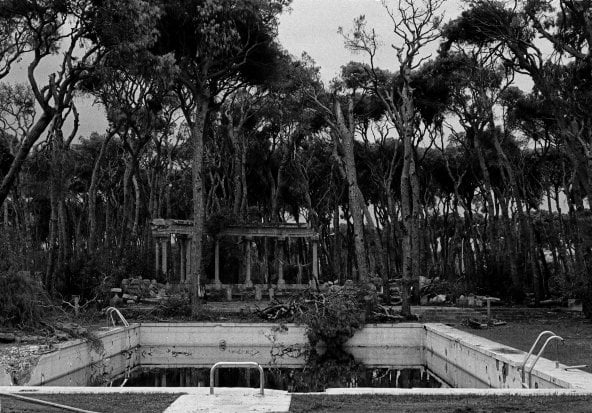

Five Sectors, Infinite Possibilities
Paris Photo organizes itself into five distinct sectors:
The Main Sector features 139 leading galleries – it’s the heart of the fair. This is where you’ll find 34 solo shows, including Sally Mann’s never-before-seen work from her At Twelve series, presented by Jackson Fine Art in Atlanta. Mann’s silver gelatin prints of 12-year-old girls on the cusp of womanhood continue her decades-long exploration of childhood and the American South.
The Main Sector balances historical masters with contemporary voices. You might see vintage Man Ray prints in one booth, then turn the corner to come close to Edward Burtynsky’s latest large-scale environmental landscapes from Western Australia at Flowers Gallery.
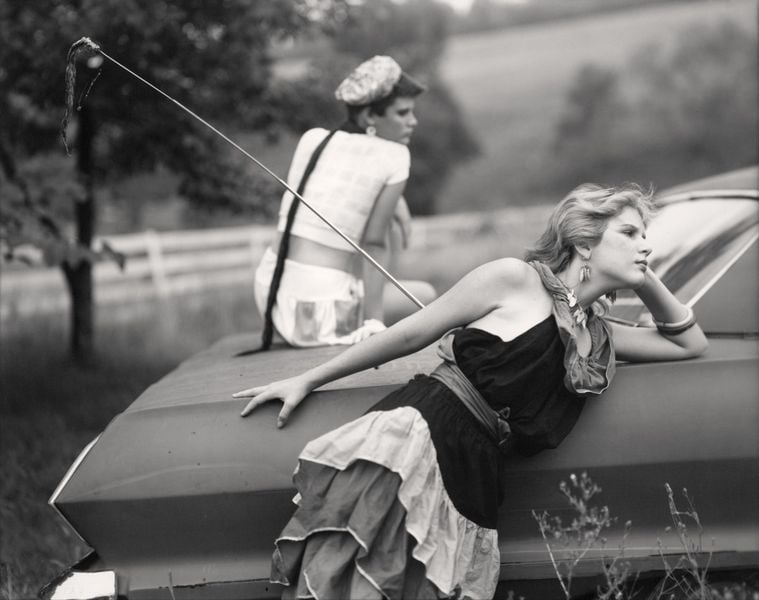

The Voices Sector might be the most compelling for photographers. Curated by Devika Singh and Nadine Wietlisbach, it relocated to the central nave this year and focuses on landscapes and kinship.
Singh deliberately selected work from countries “less commonly associated with the conventional history of photography like India, Egypt, Iran, Lebanon, Romania, Poland.” The landscapes are exploring environments transformed by war, displacement, social upheaval.
Daniele Genadry’s blurred mountain vistas of post-war Lebanon convey memory and loss through the use of soft focus.
Mohammad Ghazali photographs Iran’s half-built modern Persepolis with it’s unfinished concrete structures are commentary on contemporary ruins.
Gauri Gill documents makeshift homes of Indian farmers protesting agricultural deregulation, turning protest camps into statements about land, livelihood, and resistance.
This is a lot of what landscape photography is about in 2025.
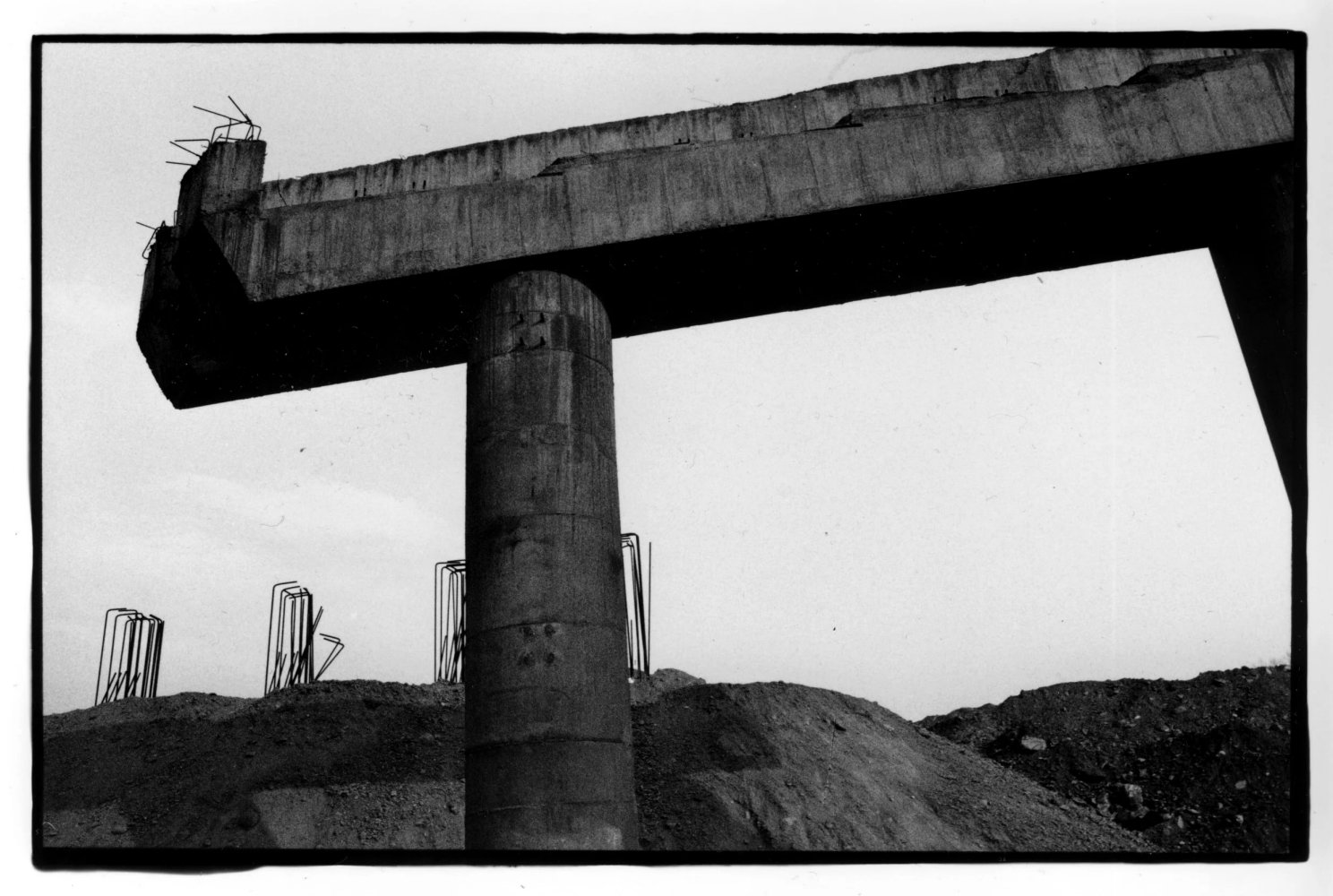

The Emergence Sector on the Grand Palais balcony showcases 20 solo projects by rising talents from across the globe—from Atong Atem’s vibrant Afrofuturist portraiture (South Sudan/Australia) to artists from Venezuela, Brazil, South Korea.
The Digital Sector, curated by Nina Roehrs, enters its third year exploring how photography evolves in the age of AI, VR, blockchain, and hybrid practices. With 13 galleries and special projects, it bridges the medium’s analog heritage with its digital future.
One of the fair’s public discussions is titled “AI Agents as Artists” and they’re gonna dive headfirst into the questions about authenticity and authorship.
The Book Sector deserves special attention. With 41 publishers from 17 countries – including Aperture, MACK, RM – the upper floor becomes a photobook lover’s paradise. Over 400 book signing sessions happen throughout the fair.
The prestigious Paris Photo–Aperture PhotoBook Awards announce winners on November 14, with $10,000 for First PhotoBook.The photobook remains central to how photographers present their bodies of work. It’s the primary art form in some ways. If you’re serious about fine art photography, you should understand photobook construction: sequence, pacing, the relationship between images, and how text, story, and image play together.
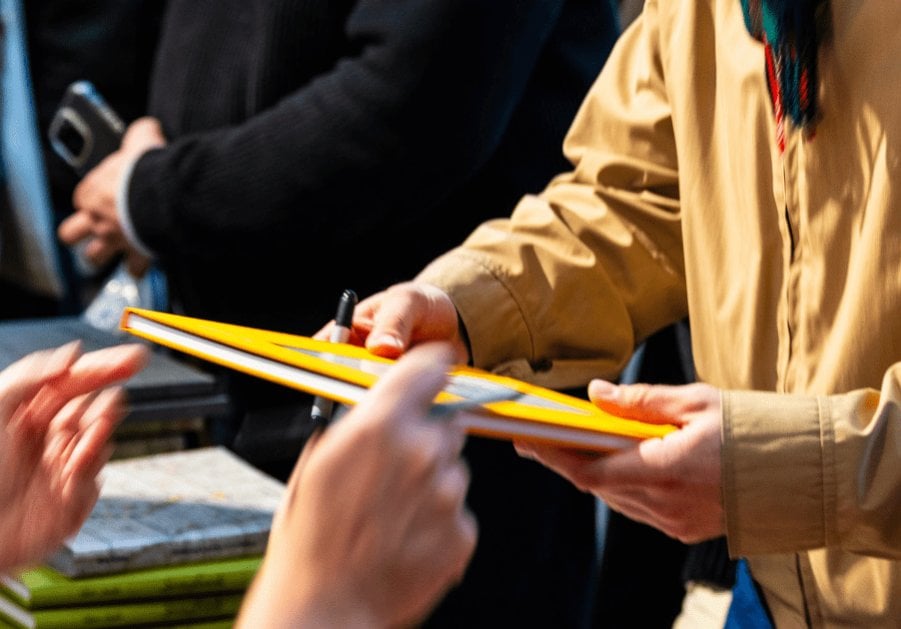

For the Landscape Photographer: What You Need to See
The Voices sector’s Paysages selection is required viewing.
Axel Hütte gets a solo show at Galerie Nikolaus Ruzicska, and this is big. Hütte studied under Bernd and Hilla Becher—the legendary typological photographers who influenced generations.
Hütte’s large-scale photographs of mountains, glaciers, and water surfaces reveal strong painterly qualities. He describes them as “imagined landscapes,” emphasizing nature’s grandiosity while making viewers “absent witnesses.”
Recent work features complex mirror images and reflections in water surfaces. The technical execution is supposed to be amazing.
Edward Burtynsky continues his environmental documentation with new Western Australian work at Flowers Gallery.
Burtynsky’s aerial views of industrially-altered landscapes have influenced countless photographers. His prints show that large-scale color photography can carry both aesthetic power and environmental urgency.
We should study his technique – how he balances formal beauty with disturbing content – how he makes ecological destruction visually compelling without becoming too exploitative.
Fred Herzog gets a solo show at Equinox Gallery if you don’t know Herzog, this is your time to learn.
Herzog pioneered color street photography in the 1950s and ’60s, predating the New Color photographers by decades. Herzog’s use of Kodachrome – when the art world dismissed color as too commercial – shows it takes courage sometimes to do what we aspire to do.
Additional landscape-focused artists include:
- Ioana Cîrlig (Anca Poterasu Gallery) explores Bulgarian Black Sea dune flora, addressing environmental issues through intimate attention to fragile ecosystems
- Maria Michałowska (Galeria Monopol, Warsaw) offers Polish landscape perspectives that challenge Western-centric views
- Hessam Samavatian (Ab-Anbar Gallery) presents Iranian landscapes that navigate between tradition and contemporary vision
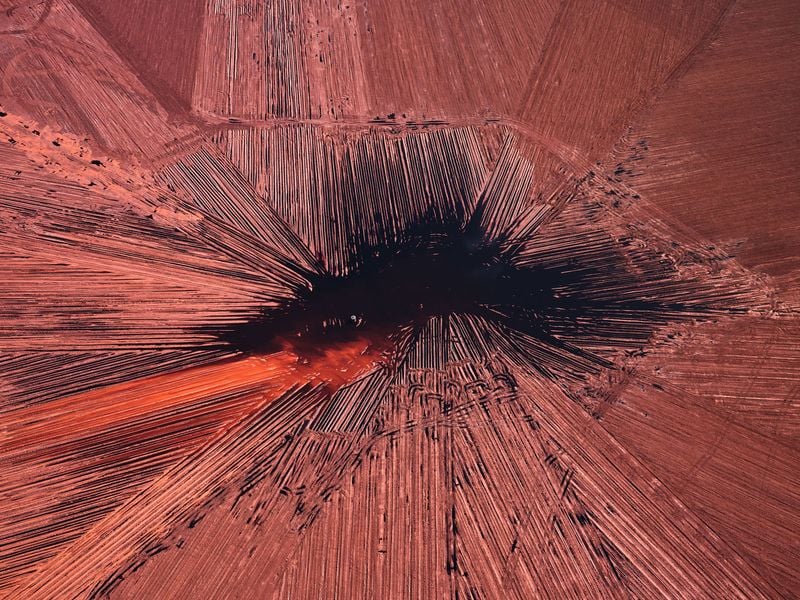

What the Photobook Awards Tell Us
The Paris Photo–Aperture PhotoBook Awards shortlist offers a snapshot of contemporary photography’s concerns. From over 1,000 submissions from 55 countries, 37 books made the shortlist.
We should study these shortlisted titles. Notice which themes develop: environmental crisis, memory and archives, identity and displacement, and investigations into photographic processes themselves.
The Market Reality
Works at previous Paris Photo editions have reached €500,000. Some photography can command six-figure prices.
What does this mean for working photographers? There’s a hierarchy. Historical masters and established contemporary names command premium prices. Emerging artists start much lower but can build value through consistent quality, gallery representation, museum acquisitions, and critical attention to get noticed.
The photobook market is robust. Limited edition books, artist’s books, signed copies – represent an accessible entry point for collectors and a revenue stream for photographers.Digital and AI-integrated work is moving from experimental to established. It’s a thing now. The Digital Sector’s growth shows the genuine collector’s interest in “it” and seems to suggest that they value experimentation.
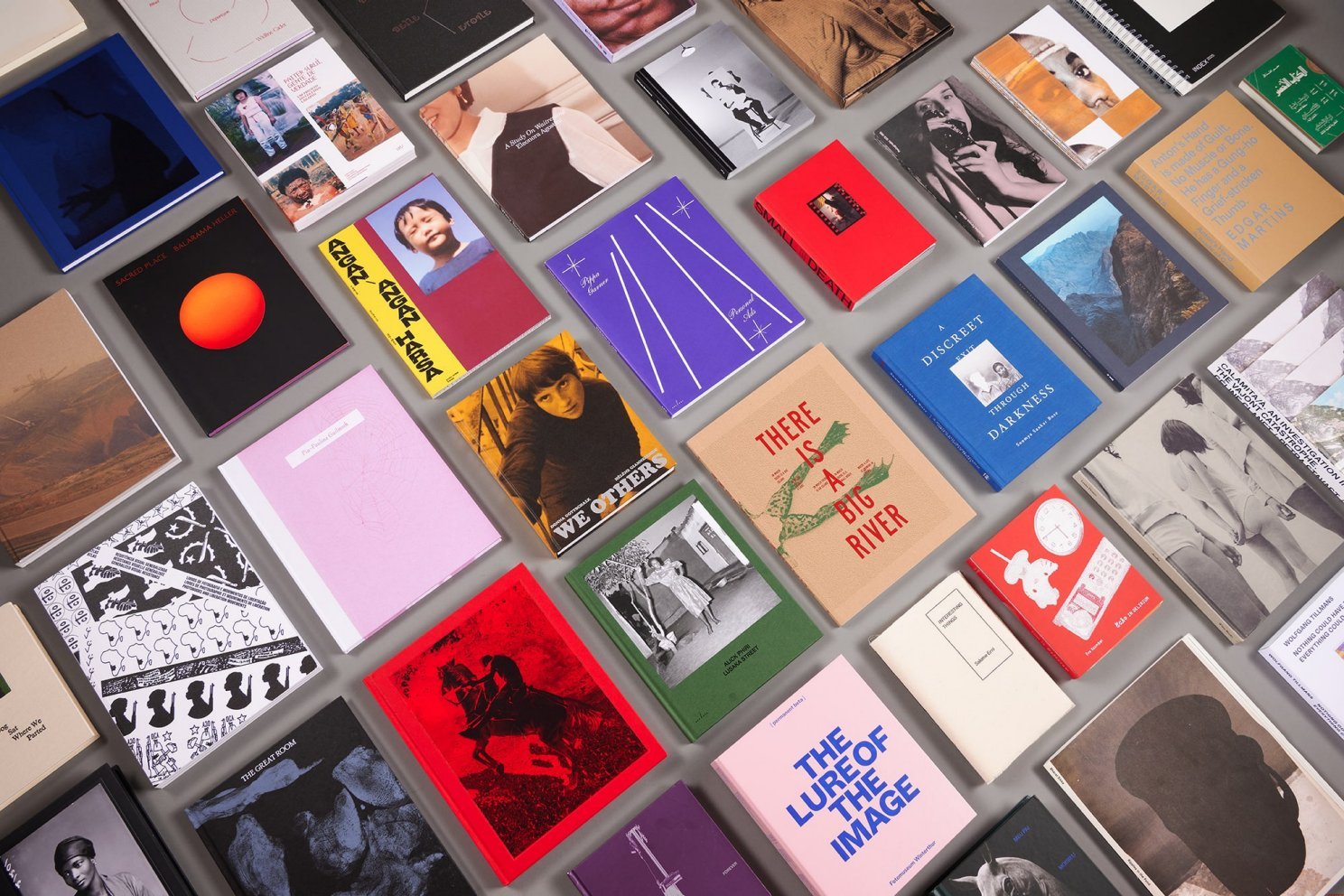

What You Can Do From Home
Even if we can’t attend Paris Photo in person, we should engage with its insights to perhaps apply to our own work.
Follow the coverage in real-time: Track #ParisPhoto2025 on social media platforms.
Major photography publications provide extensive documentation: The Eye of Photography, 1854 Photography, and others.
Study the photobook shortlist: All 37 shortlisted titles for the Paris Photo – Aperture awards are available for purchase. Let’s support them. Let’s study their construction. Let’s see how other photographers sequence their images, integrate text, create pacing and rhythm.
Explore virtual viewing rooms: Many of the galleries create online presentations of their Paris Photo booths. Jackson Fine Art, Flowers Gallery, Equinox Gallery often share high-resolution images and artist statements.
Watch for post-fair analysis: Major photography journals publish thoughtful analysis after the fair concludes. The Independent Photographer, PhMuseum, and Aesthetica Magazineff provide deep coverage.
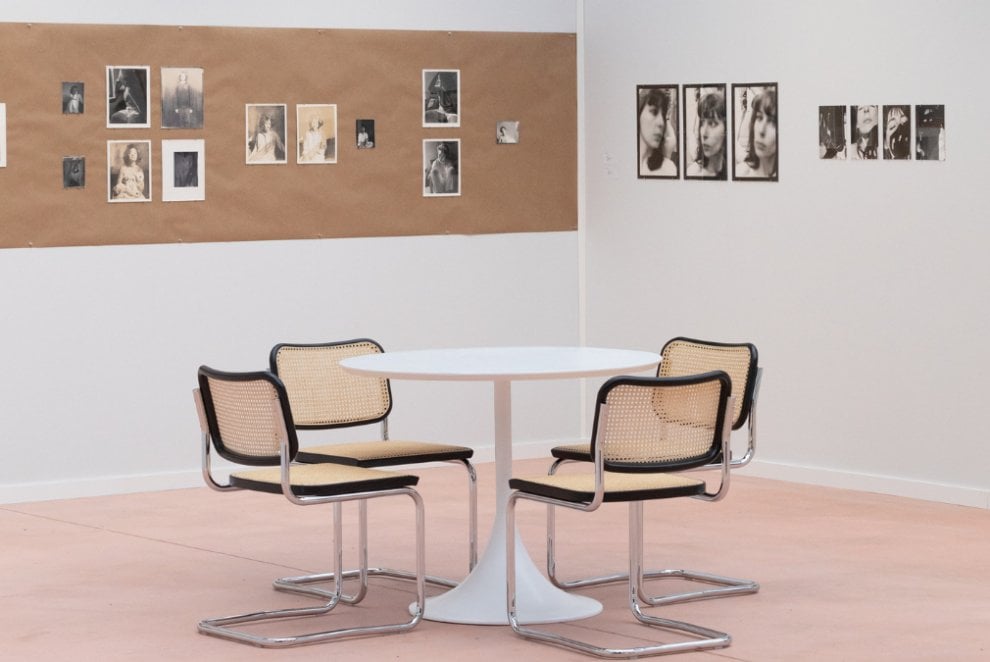

Why Community Matters
The craft of photography can be isolating. You’re the one holding the camera.
You’re often alone with your camera. Alone in the darkroom or at the computer, alone making decisions about your work.Events like Paris Photo let us SHOW photography is communal and allows us to be together and connect with others like us – those who hold a camera.
Final Thoughts
The fair serves as an annual marker of where photography has been, where it stands, and where it’s heading. Paris Photo 2025 runs November 13–16 at the Grand Palais in Paris.
For more information and complete programming details: https://www.parisphoto.com
To keep up to date with the photography world and to keep developing your art sign up for The Luminous Landscape Newsletter: https://luminous-landscape.com/newsletter/







